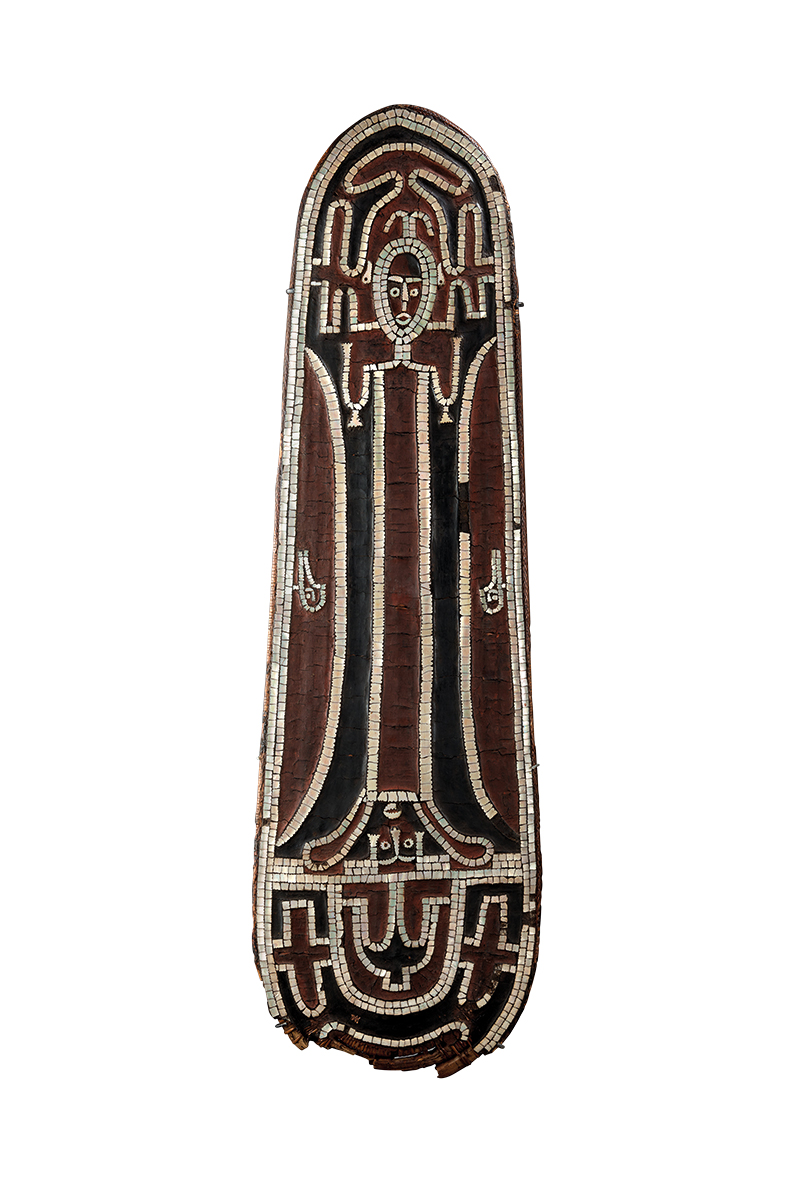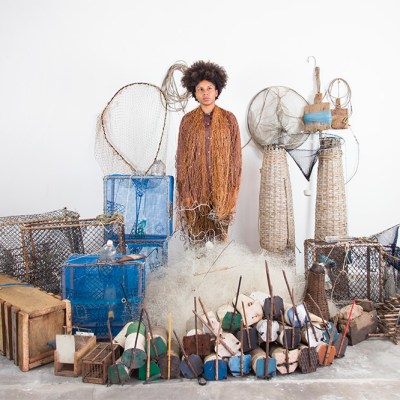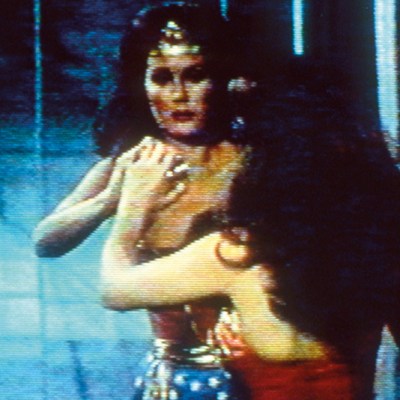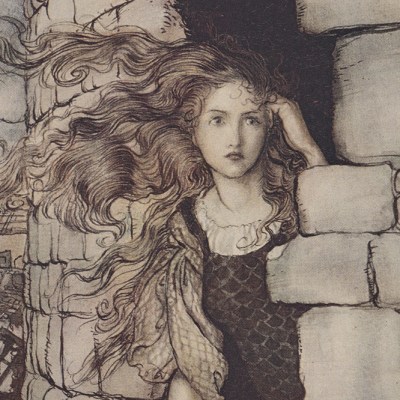From the July/August 2022 issue of Apollo. Preview and subscribe here.
In the last few years, what used to be known as the ‘tribal art’ market – referring broadly to the arts of indigenous peoples from across the world but predominantly Africa and Oceania – has come under fire. Since the French president Emmanuel Macron’s speech in Burkina Faso in November 2017, in which he promised to achieve the return, ‘provisional or permanent’, of heritage looted during the colonial era from French museums to the continent of Africa within five years, other countries and institutions across the world have begun to scrutinise their collections. Germany, the Netherlands and Belgium have also pledged to return looted material, while university museums in Cambridge and Aberdeen, the Ethnologisches Museum in Berlin, the Museum of Fine Arts Boston, New York’s Metropolitan Museum of Art and the Denver Museum of Nature and Science have all returned or promised to return certain objects.
Meanwhile, auctions of African artworks have also been challenged. In June 2020, Christie’s Paris sold a pair of sacred sculptures from the Igbo people of Nigeria acquired by the prominent collector Jacques Kerchache from an African dealer in 1968 or 1969. Critics of the sale pointed out that he had bought them at the height of the Biafran War and raised the possibility that they were looted, which Christie’s denied. The statues sold on the night for €212,500 with fees. In March 2019, an auction of African artefacts in Nantes was partially cancelled following protests by Pan-African activists. In that instance, 27 objects withheld from the sale were later acquired by a group of French dealers led by Paris-based gallerist Robert Vallois and donated to the Petit Musée de la Récade in Cotonou in Benin, a museum Vallois and his colleagues helped to found.
Fearing a steep decline in the numbers of new collectors and scholars, an increasing taboo on public sales and fewer museum donations, this year’s State of the African Art Market report, published by the independent website ÌMO DÁRA suggests: ‘It is critical that the market clarifies the ethics of collecting classic art if it is to maintain and grow the collector base.’
Despite all the challenges, collector interest in these powerful objects, which had a revolutionary effect on Western art in the 20th century and continue to influence contemporary artists, remains strong. Last year the sale of the renowned collection of jeweller and gallerist Michel Périnet at Christie’s Paris – in association with some of the foremost French dealers and specialists in the field: Bernard Dulon, Lance Entwistle, Alain de Monbrison and François de Ricqlès – achieved €66.1m for 61 lots, far above the €17m–€23m estimate. No single object in this white-glove sale exceeded the record set for an African statue at Sotheby’s New York in 2014, when a shade over $12m was paid for a late 19th–early 20th century Senufo female statue, or déblé, from Ivory Coast or Burkina Faso, which had been owned by a roll-call of prominent collectors of African art throughout the 20th century. But several works at the Périnet sale achieved well over €1m. The star lot, a bold black and white Mortlock Island mask (tapuanu) from the Caroline Islands, sold for almost €9.2m on an estimate of €500,000–€700,000. Paris-based dealer Lance Entwistle comments, ‘Clearly people were not discouraged. We have found a Périnet effect to be operational – there are new people coming into the field.’
Ceremonial shield (c. 1840–1850). Entwistle Paris

Entwistle’s current exhibition, ‘OCEANIA: Forms and Rituals’ (until 16 July), includes a ceremonial shield from the Solomon Islands inlaid with nautilus shell, very similar to the one sold at the Périnet sale for €1.7m (est. €500,000–€700,000). Victor Teodourescu, head of African and Oceanic art sales at Christie’s Paris, comments that ‘quality works from the Pacific are showing strength as a collecting area in our field and have been on an ascending trend for several years’. He acknowledges the effect of recent debates: ‘While ancient objects by their nature cannot be traced over millennia, it is hugely important to establish recent ownership of an object and a consignor’s legal right to sell […] At the same time, we are concerned by a rise in unfounded accusations, spread far and fast on social media, that question the legitimate and legal exchange of these objects and collecting areas.’ Having said that, he feels the greatest challenges facing the market are the rarity of masterpieces and ‘the pace at which the market is enlarging in all directions’.
Yves-Bernard Debie, a lawyer specialising in art and cultural property law and the acting general manager of this year’s Parcours des Mondes (6–11 September), explains that in addition to the rigorous vetting of objects, the fair publishes a practical guide to French art market regulations for participating dealers: ‘It is the result of the multiplication of rules in this field in recent years and their increasingly strict application.’ An enthusiastic collector himself, he adds: ‘The development of the primitive art market is still in its infancy. All the conditions are in place for the great African or Oceanic works, in particular, to soon reach price levels comparable to those of modern or contemporary Western art.’
Bernard Dulon, one of the most eminent dealers in Paris, is similarly optimistic. He notes that, for the moment, attention is focused on a narrowing field of outstanding and well-documented pieces, partly because of a decline in erudition among European and American collectors. However, he sees potential for the emergence of many new collectors on the African continent itself, where the opening of new museums is bolstering a greater awareness of material cultural heritage. He sees his responsibility as being to pass on expertise acquired over many decades.
Bernard de Grunne, whose father Baudouin de Grunne amassed one of Europe’s most renowned collections from 1968–95, is one of the leading specialist dealers in Belgium. He says of the debates surrounding European public collections: ‘In my experience, private collectors do not feel that it is their fight. It is for the state to decide.’ He notes that besides his loyal collectors in France, Belgium, Italy – ‘and one Englishman!’ – younger collectors are less concerned with patina, purpose and place of origin, but are more interested in visual appearance. They are particularly drawn to statues by the Nigerian Mumuye people (who ‘had a way of carving into negative space’, de Grunne says) and Songye masks.
In England, the collector and dealer David Malik, a stalwart of Tribal Art London (15–18 September), explains that he handles only objects that tick all the boxes: provenance, publication, aesthetic quality and confirmation that the work was used in its original context. He notes the ‘heavy influence of the [20th-century European] avant garde’ on collector preferences – but also that the greater visibility of contemporary African art is helping audiences understand there are multiple histories and traditions. London-based Adenike Cosgrove, the founder of ÌMO DÁRA (and of Yoruba heritage herself), is currently ‘passionate about Cameroonian art’. ‘We are seeing a shift in tastes,’ she says. ‘What we once thought of as ugly now draws many collectors.’
From the July/August 2022 issue of Apollo. Preview and subscribe here.


